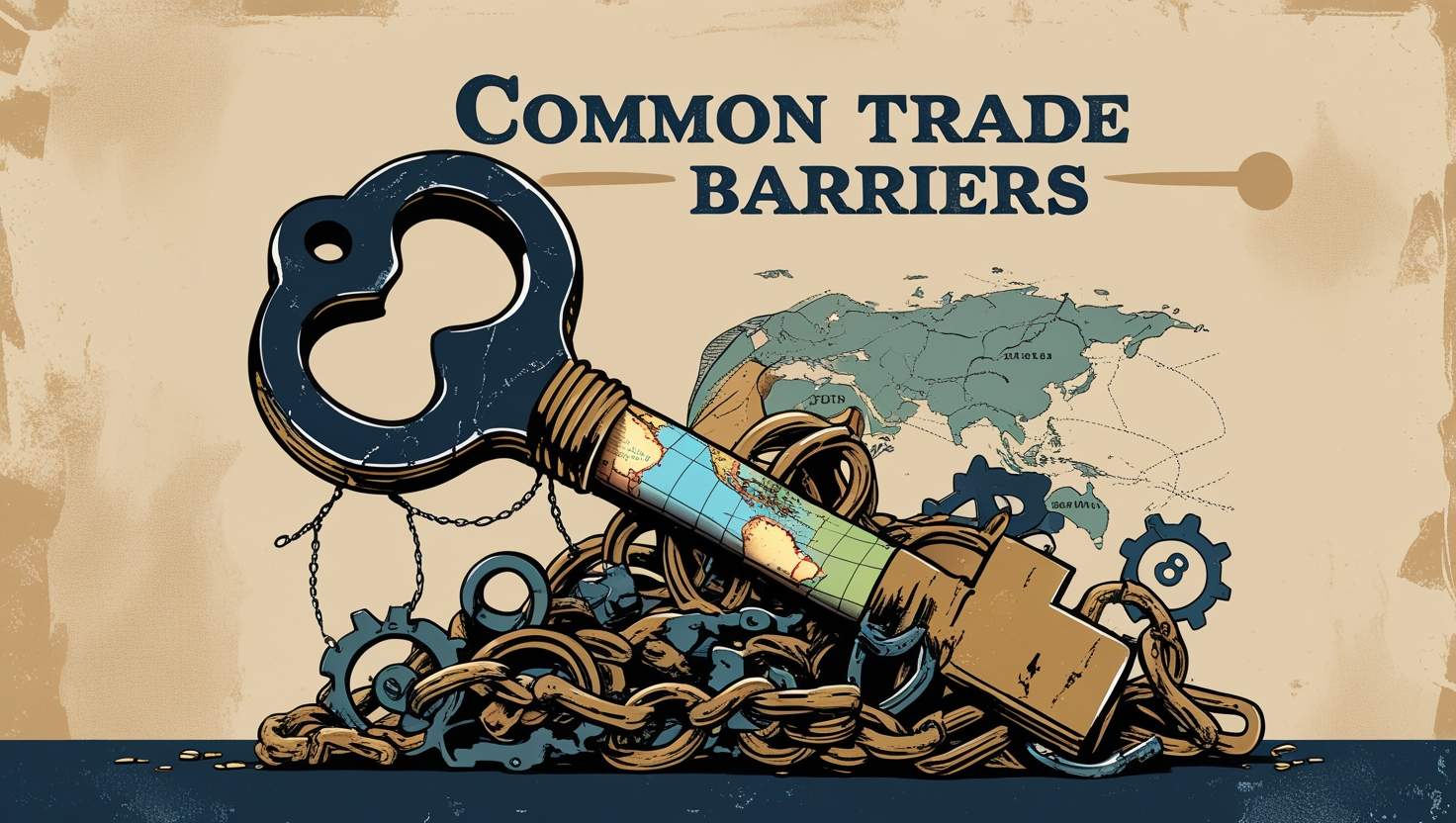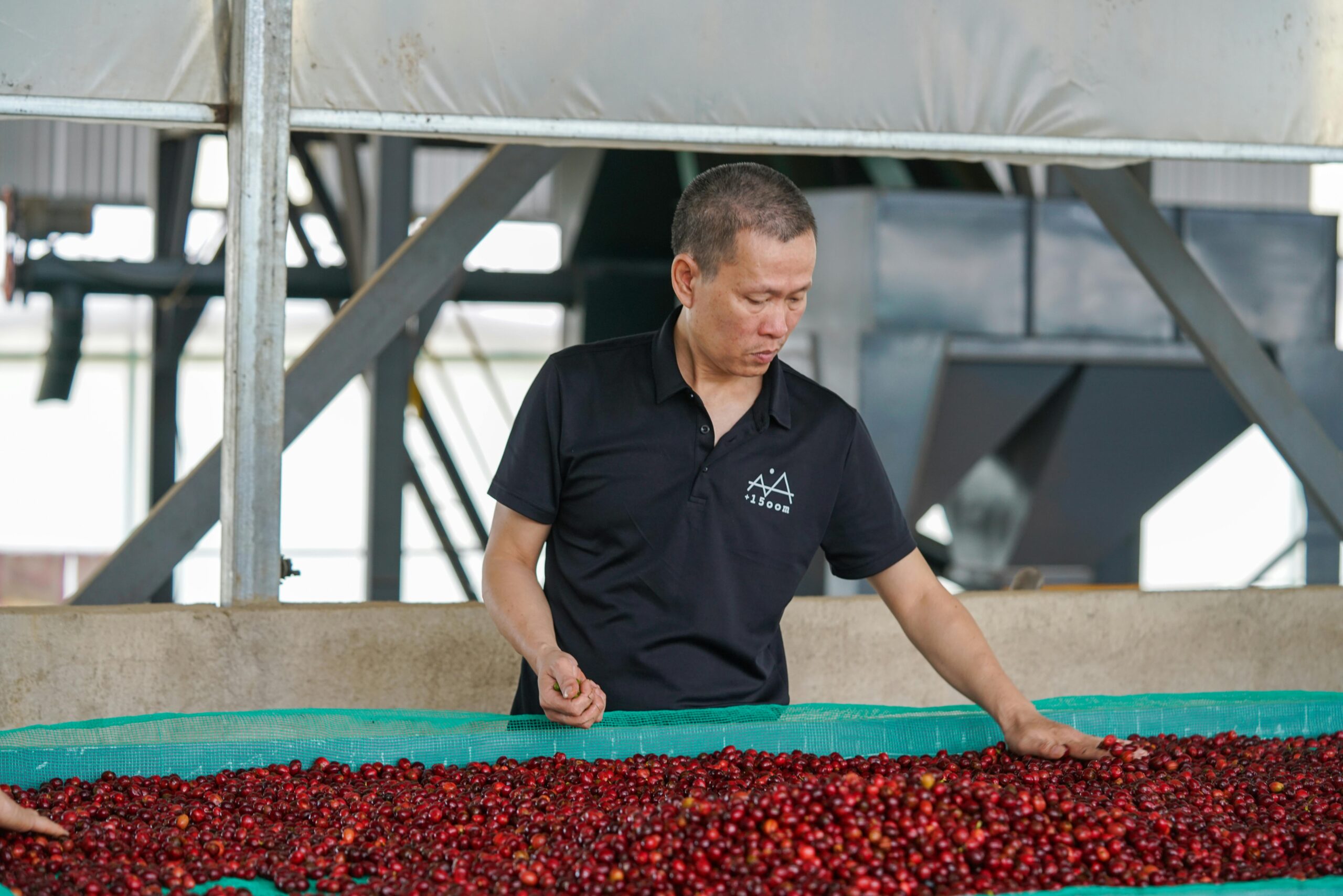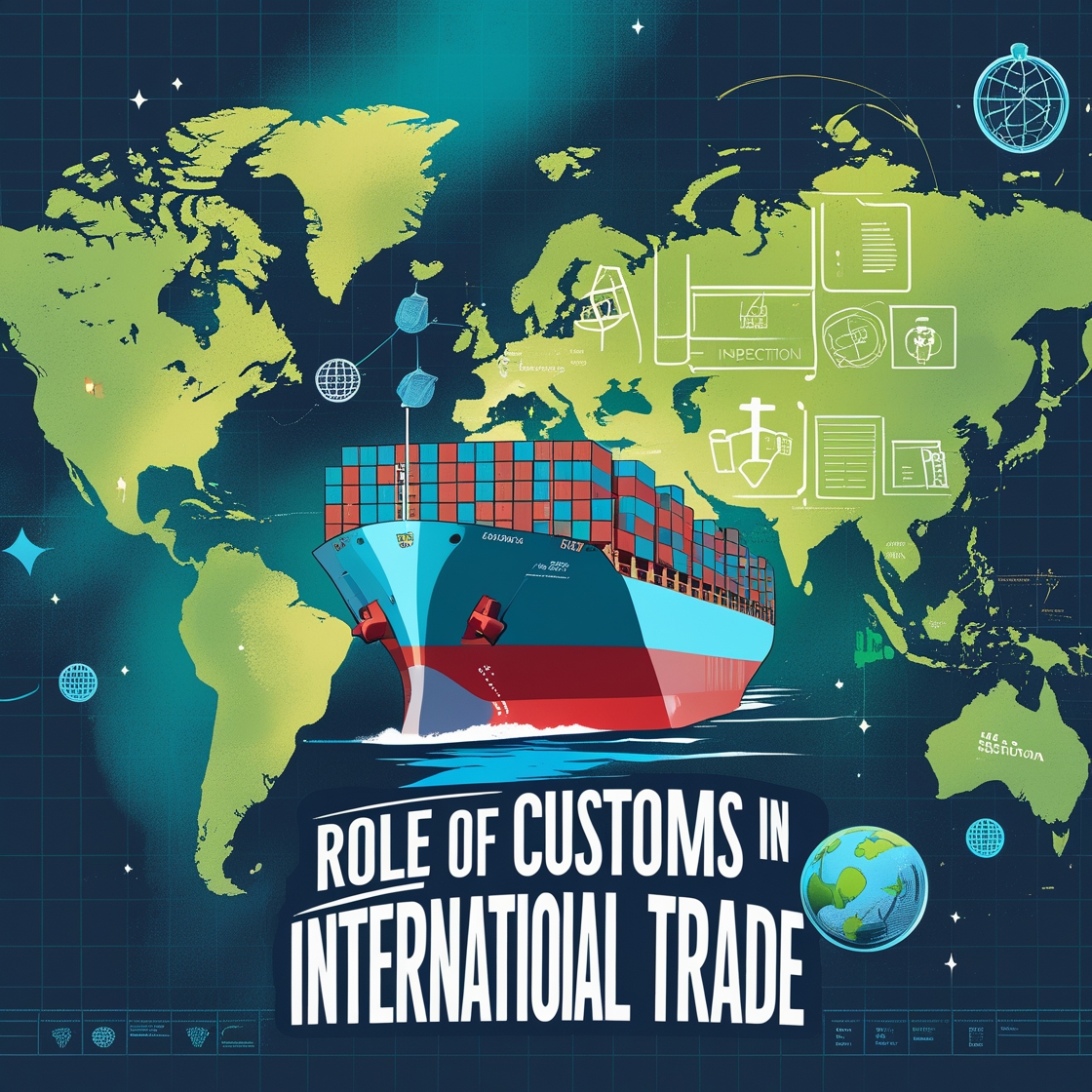Economic development is the basis for progress of any country. In the modern age international trade has taken a central role in economic development. Trade fuels growth by creating new businesses and employment. This also enables countries from around the globe to access unique services on a cost effective basis. Though it has been a while since global trade opened up, there are still barriers that have stifled the potential growth. These hurdles disrupt supply chains which ultimately leads to the suffering of consumers. Here we will discuss common trade barriers and how to get around them.
Types of commerce Barriers
Tariff Barriers
Tariffs are taxes that the government imposes on goods that are imported. This increases the price of the imported goods. Even though the main objective of tariffs is to protect and develop local industry, they lead to increasing the price of the goods. The simple average tariff across all products was 5.47 in 2022, while the weighted average tariff was 4.14. Moreover, geopolitical tensions come into play with tariffs.
One stark example of this is the ongoing US China trade war that started back in 2018. The US imposed tariffs on $350 billion worth of goods imported from China. In retaliation, China imposed tariffs on $100 billion worth of goods imported from the US. This blow for blow has led to price increases that only increased the burden on the consumers. Industries reliant on imported Chinese raw material and imports jacked up their price. So the consumer households had to pay around an additional $1,400 annually due to the trade war.
Non-Tariff Barriers
There are different barriers placed other than pecuniary ones such as regulations, quotas and subsidies. These barriers limit the flow of export and import and can increase the price of goods by as much as 20%.
Trade quotas limit the amount of goods one country can export or import to another. This is mainly done to curb the amount of imported goods without imposing extra taxes. Governments can choose to subsidize the local economy, enabling the local producers to offer goods at a lower price. This will result in lower import amount from overseas.
Different countries have set different standards to ensure the quality and safety. So exporters and importers have to follow those rules. This also slows down trade as businesses have to follow extra regulation even though it’s for the greater good. Delays at customs are another barrier to international trade. It is reported that due to having inefficient systems, underdeveloped countries add to the time of delivery of goods. They can add additional 48 hours to a few weeks for custom clearance. Whereas in a developed nation it usually takes a few hours.
Sanctions and Embargoes
Embargoes are placed on countries to isolate them and weaken their economy. The most recent discussed sanction was imposed on Russia back in 2022 due to the invasion of Ukraine. By 2023 EU exports to Russia fell by 57% whereas the imports from Russia fell by 69%. Now most countries can’t trade freely with Russia which has disrupted the supply chain. This caused the basic commodities such as wheat to go up which in turn increased the food price among other things.
Strategies to Tackle Trade Barriers
Free Trade Agreements (FTAs)
FTAs bind countries in economic agreements that are beneficial for all parties involved. These agreements eliminate tariffs on exports and imports, creating a more robust industrial base. So goods from the countries involved get preferential treatment. One of the most notable FTA is NAFTA which later became USMCA.
Between 1993 and 2006 trade between the US, Mexico and Canada tripled. The amount of trade went from $290 billion to $1.1 trillion. Canada increased its export to NAFTA countries by 173%. At the same time US exports to other parties grew up 157%. Mexico saw tremendous growth as its exports to the US increased by 392%.
Homogenous Standards
Countries can come together to form rules and regulations that will be standard for each of those countries to make trade between them more simplified. This reduces cost and burden of compliance on both the exporter and importer’s end. A stark example of this is the EU. In the EU there is a common currency Euro so there is hassle in currency exchange. Besides, members of the union can do business with one another without facing the usual hurdles.
Improve Customs Procedure
Better customs procedures can reduce time at the port. As a result, the exporters will be able to deliver goods on time and the importers will receive on time. Adopting modern technologies such as automation and digitalization of customs can make the process a lot faster.
A fine example of this aspect is Singapore’s TradeNet system. The system connects the customs with the trade and regulatory bodies to make the documents processing faster. It usually took 2 to 7 days for customs to clear the goods but with TradeNet it now only takes 10 minutes on average.
Building Capacity for Developing Nations
Underdeveloped and developing nations face many challenges when it comes to international trade. They have to follow the regulations set by international bodies while also working towards having an efficient system. So international communities have taken steps to lend monetary help to build infrastructure for these developing economies. Between 2006 and 2022, WTO’s Aid for Trade initiative has supported many developing nations by providing nearly $647.4 billion to develop infrastructure to increase the efficiency of trading.
Trade barriers are big obstacles to the global economy. By reducing these barriers, new potential for growth can be unlocked. With the help of trade agreements, better implementation of systems and infrastructure, these hurdles can be reduced. This will create more jobs and result in more productivity and promote innovation.


